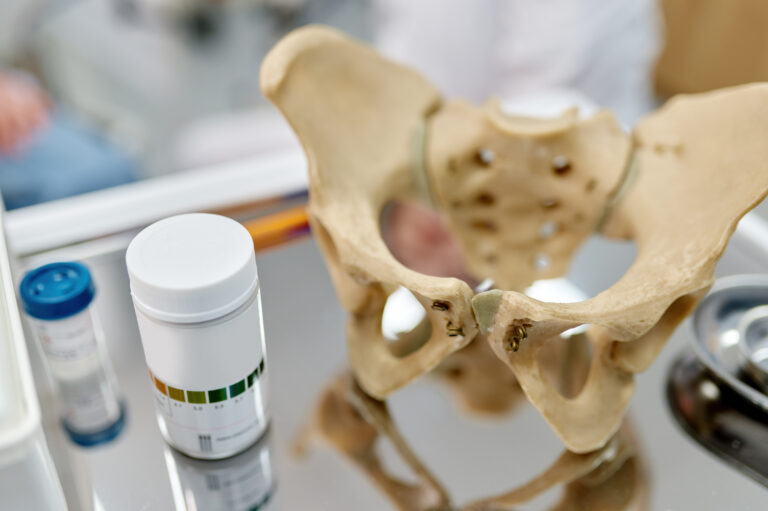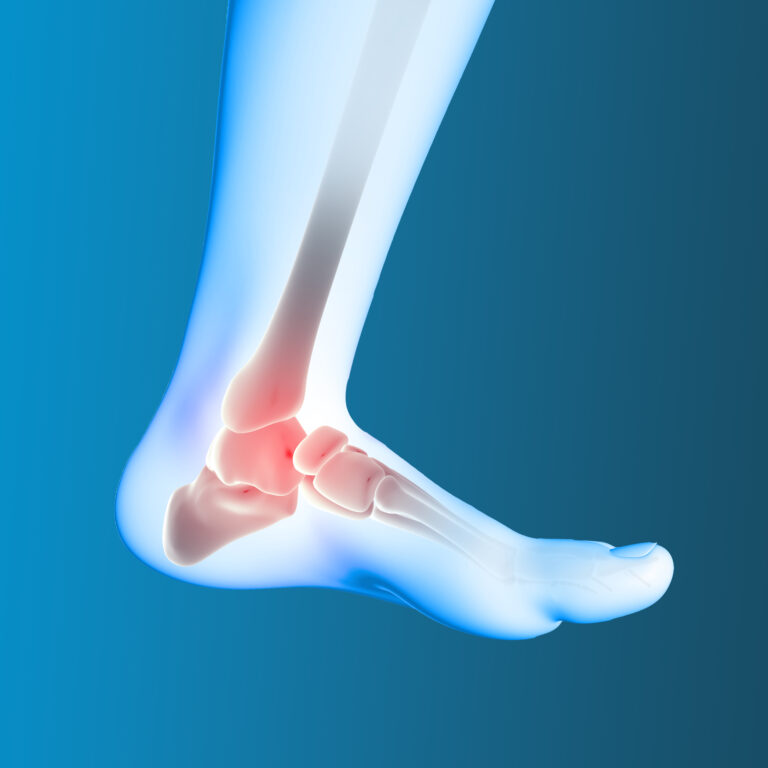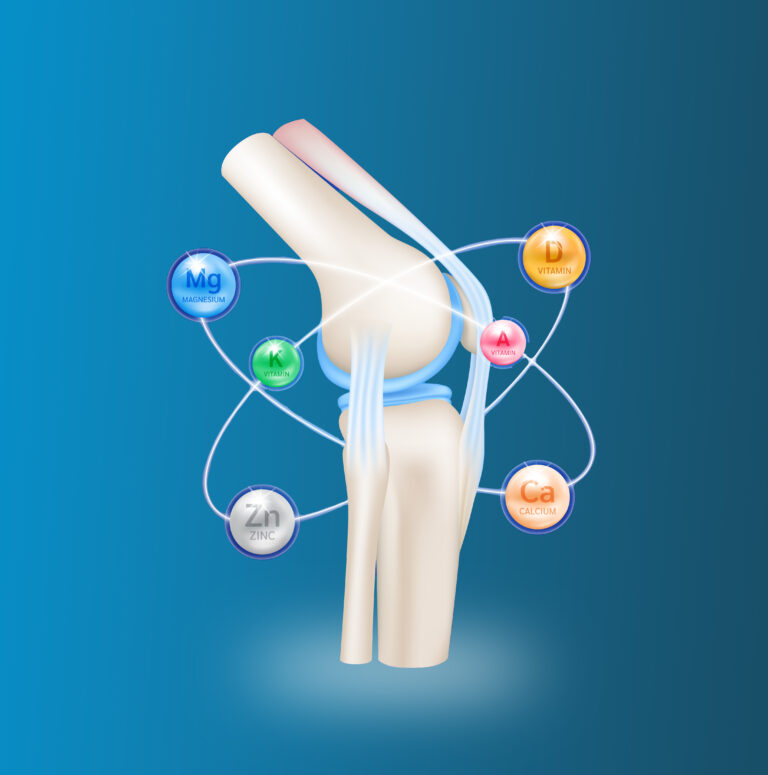Although anyone can be affected by this medical ailment, people between the ages of 30 and 50 are the ones who experience it most commonly. Furthermore, avascular necrosis of the hip joint is linked to prolonged use of high-dose steroid medicines and significant alcohol intake. The illness typically takes months or even years to manifest.
Avascular Necrosis: What causes it?
Hip avascular necrosis is caused by diseases or bone fractures that obstruct the blood flow to the bone tissue. Avascular necrosis of the hip occurs when the bone tissue dies due to a cutoff of the blood supply to the femoral head. The following are the reasons of hip avascular necrosis:
- Traumatic avascular necrosis: This can happen after a dislocated joint or fractured bone.
- When a person has a sickness or other medical condition that stops blood flow to the bone tissue, they develop nontraumatic avascular necrosis. On both sides of the body, nontraumatic avascular necrosis typically affects the same bones.
- Hip fractures and dislocations: Individuals with hip dislocations experience avascular necrosis of the hip joints.
Avascular necrosis of the hip can also result from:
- Radiation treatment
- Transplanting organs
- In diving, decompression sickness
- Diabetes; HIV; Blood diseases, including anemia caused by sickle cell
The following lifestyle behaviors also raise the risk of hip joint avascular necrosis:
- Drinking too much alcohol and smoking
- prolonged usage of a high dose of corticosteroids
Avascular Necrosis Symptoms
Avascular necrosis progresses gradually. Hip discomfort is the most typical early symptom. A dull or throbbing discomfort in the buttocks or groin area could result from this. Standing and bearing weight on the afflicted hip becomes more difficult as the condition develops and the hip joint becomes painful to move. This medical problem may take many months or even over a year to progress. Early detection of avascular necrosis is critical since some research suggests that treatment initiated early is associated with better outcomes. Depending on the affected joint and the stage of the ailment, there can be variations in the symptoms of avascular necrosis. Typical signs and symptoms include of:
- Joint Pain: One common early sign is pain in the afflicted joint. When the illness worsens, the initially mild pain may eventually get severe.
- Limited Range of Motion: Avascular necrosis may result in stiffness and a joint’s diminished range of motion. Mobility and daily activities may be impacted by this constraint.
- Joint Swelling: Discomfort and decreased function may result from swelling surrounding the injured joint.
- Joint Instability: As the disease worsens, the impacted bone may give way, resulting in deformity and instability in the joint.
- Crepitus: When moving the afflicted joint, there may occasionally be a grating or cracking feeling.
Disclaimer: The information provided in this blog post is for general informational purposes only and should not be considered professional advice. Before making any health-related decisions, consult with a qualified healthcare professional. The content is not a substitute for medical advice, and individual results may vary. The author and website are not responsible for any consequences arising from the use of the information provided. Use your best judgment and seek professional advice when needed.




